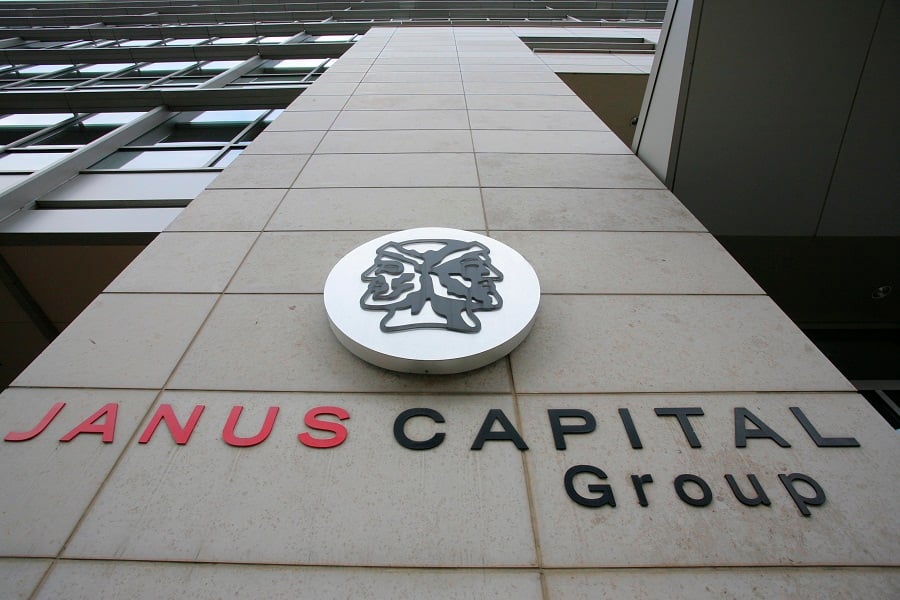Janus Capital Group Inc. has announced an all-stock merger with London's Henderson Group Plc, creating a global active management complex with $320 billion under management.
The combined market capitalization will be approximately $6 billion.
The merger will involve a share exchange with each share of
Janus (JNS) common stock exchanged for 4.719 newly issued shares of
Henderson (HGG).
Shareholders of both companies are expected to own approximately 57% and 43% respectively of Janus Henderson Global Investors' share at the
closing of the deal.
The deal is scheduled to close in the second quarter of 2017, and is subject to shareholder and regulatory approvals.
The merger is being
described as an effort to boost the appeal of the active management companies, which have been losing the appeal of investors during the extended bull market for equities.
Janus Chief Executive Richard Weil has sought to diversify the business through acquisitions, new fund offerings and overseas expansion.
In 2014, he hired Bill Gross from Pacific Investment Management Co. to manage its Global Unconstrained Bond Fund (JUCIX), which now has $1.5 billion in assets.
“The groups complement each other,” Mark Dampier, head of investment research at Hargreaves Lansdown Plc, said in a note to clients. “Scale can help keep costs down for fund groups, allowing them to offer more competitive fund pricing while still delivering good active performance.”
Henderson CEO Andrew Formica said talks with Janus started in February, before the U.K. vote to leave the European Union, which saw investors pull more money from U.K. funds than any equivalent period in the global financial crisis. Brexit “didn't accelerate the deal, nor did it have any impact,” he said.
“We have been on the path for globalizing our business” for five years, Mr. Formica said in a telephone interview. “The issue is, however, that costs continue to escalate from regulatory change and the continued effect from passive investing having an impact on margins. It's about getting more global to get scale in the market.”
The combination is directly aimed at addressing the issue of a fading interest in active management and massively expanding global reach.
It is less about moving new products to new markets than it is about what merger wonks like to call economies of scale.
The projected new money flow
increase is a modest 2% to 3%.
Meanwhile, the cost savings are estimated at $110 million annually, which adds up to around $800 million when taxed and capitalized.
— Bloomberg News contributed to this report.







